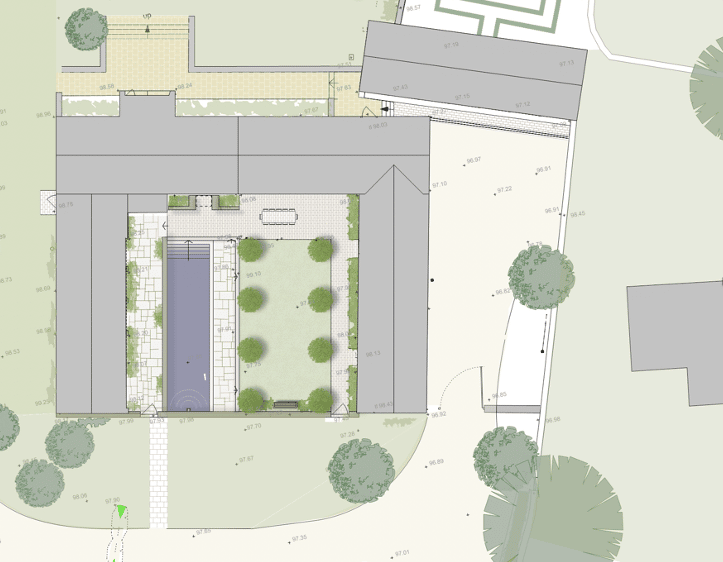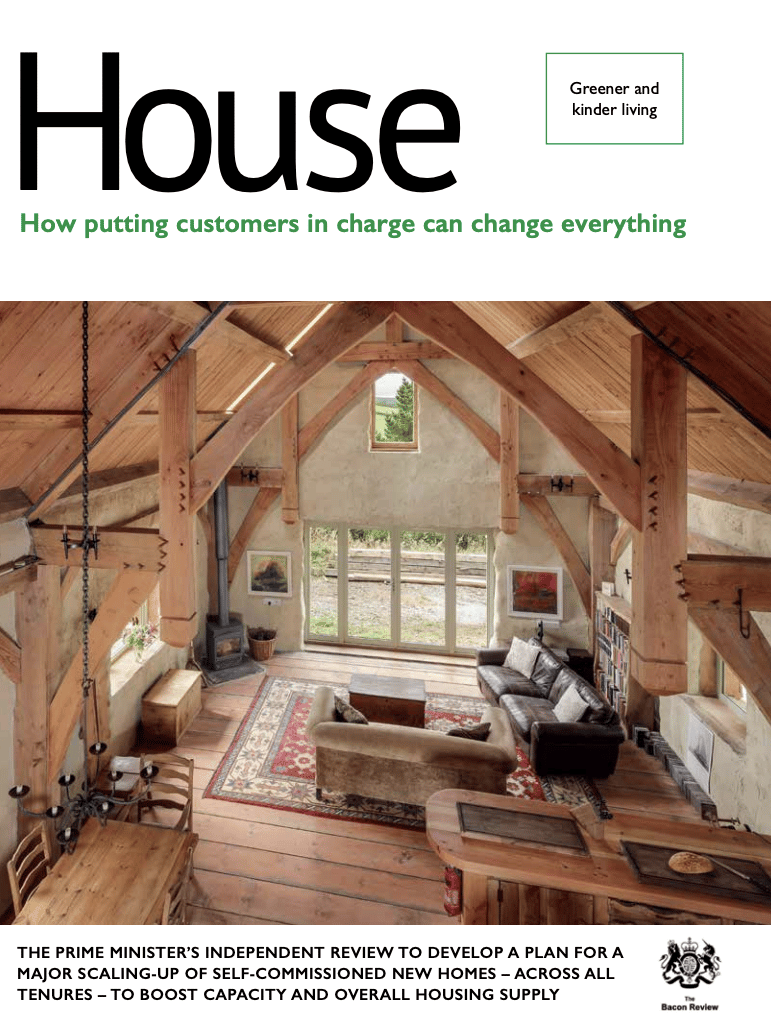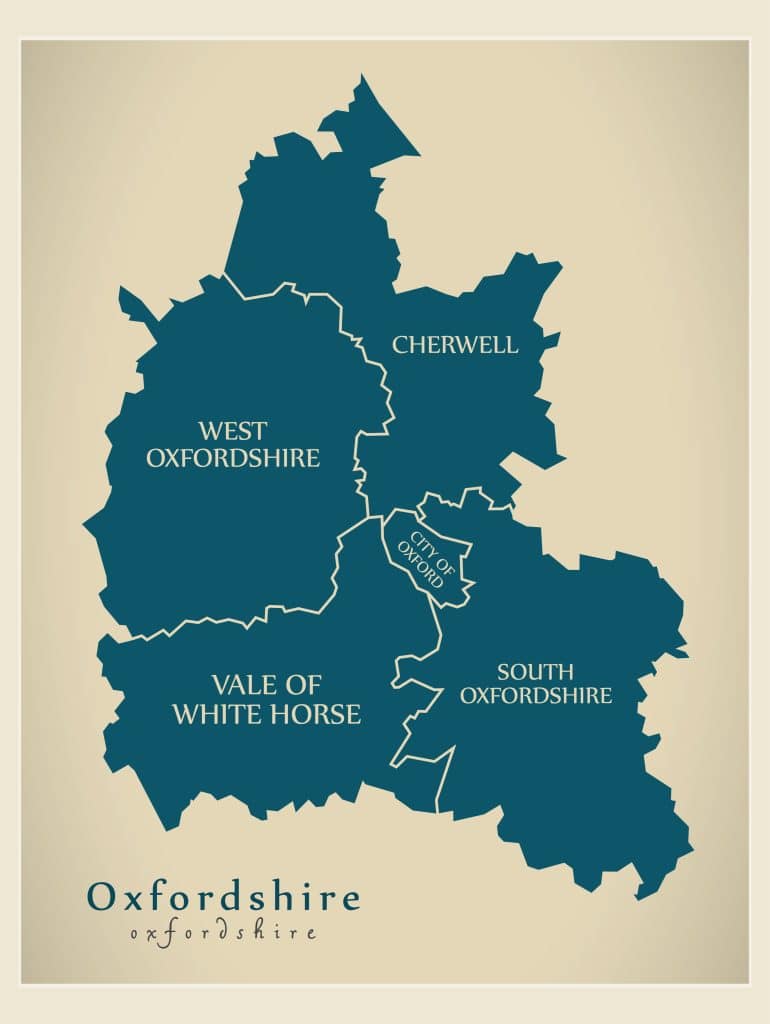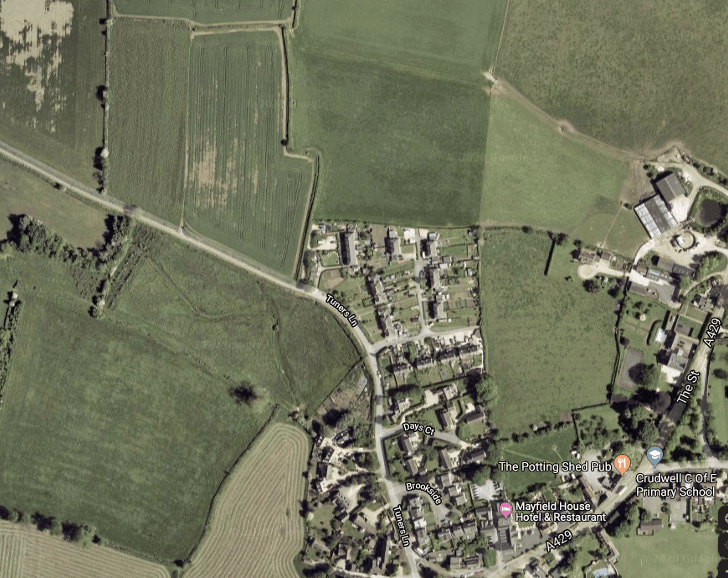Mcloughlin Planning are pleased to have secured planning permission for a new private swimming pool in the grounds of a rural picturesque Cotswold property.
After securing permission for the conversion of agricultural barns to provide a new residential home, our client was looking at ways to enhance the landscaping around their property and provide a private pool for themselves. After initially applying alone to Cotswold District Council, the landowner ran into issues with the Council and had to withdraw the application.
Concerns were raised of the impact of the development on the surrounding countryside (which form part of the AONB), the impact on a nearby Grade I listed church and the character of the area.
Our Associate Director Chris Fleming, worked closely with the client and architects, Portus and Whitton https://portusandwhitton.co.uk…, to consider where best to site the development in light of the immediate site constraints and what the best planning strategy would be moving forward.
Helping the client through the initial pre-application meetings stage with the Council and the subsequent planning application, we were able to ensure the proposal accorded with local planning policies and would respect the historical significance of the nearby Grade I listed church.
Given our long term working relationship with Cotswold District Council, when any questions or queries came to up from the case officer, we were able to quickly respond and liaise with the necessary officers or third party consultants.
We are delighted to have secured planning permission for what will be a visual enhancement to the property and a new recreational space for its occupants.









